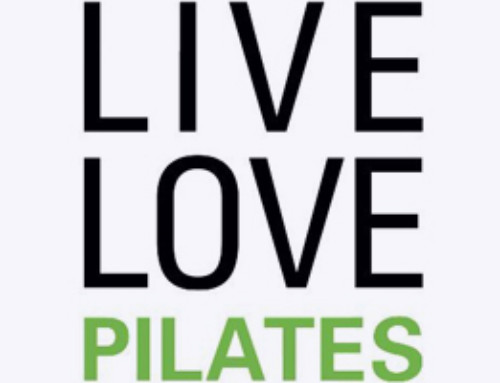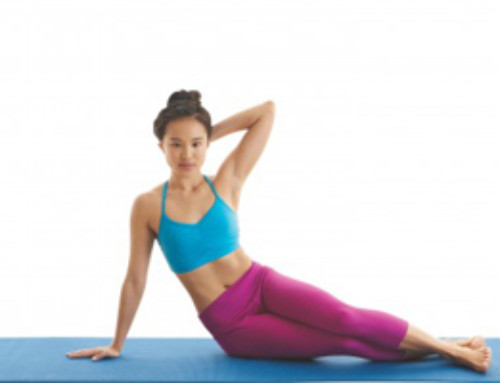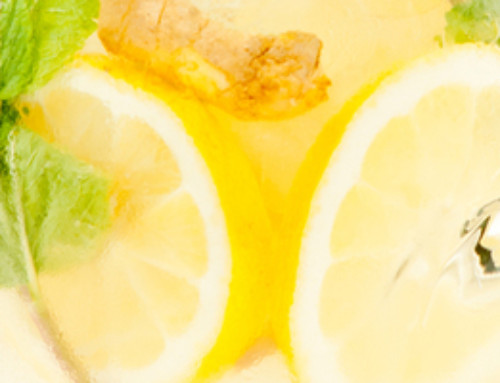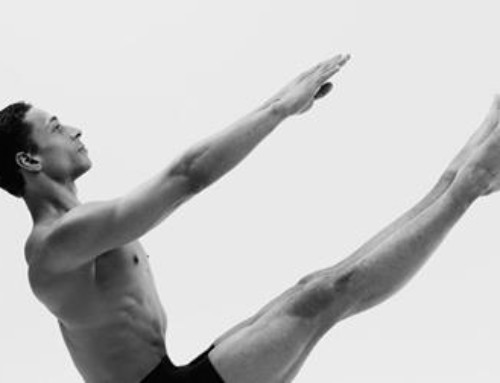Feeling compressed? As New Yorkers are scrambling to get their post-vacation lives back together (or if you’ve just gotten lazy from sitting at your office desk), its easy to forget about keeping good posture! Our joints were created to withstand impact, but over time even our naturally durable design can be affected. Age, extra weight and inactivity all contribute to spinal compression and can result in loss of height, poor posture, and even contribute to the thickening your waistline. We at Center for Movement like these tips so much we’ve been giving them out as homework. Read on to find out how to fight compression! Pilates is all about lift, which turns out to be one of the most important tools in combating day-to-day compression, and maintaining good posture. Whether you spend your day slouched over a desk, running around the house, carrying babies, or just find yourself toting a heavy bag about town, your resilient joints and spine are being compressed. Our joints were created to withstand impact, but over time even our naturally durable design can be affected. Age, extra weight and inactivity all contribute to spinal compression and can result in loss of height, poor posture and even contribute to the thickening your waistline (read muffin top). Compression can also putting pressure on internal organs, which can affect your overall health and energy levels. To decompress your spine and joints, you need to strengthen your abdominal muscles, generally referred to as your powerhouse or core, and learn to lift from within. One sure way to learn to feel that lift inside you is to practice a few targeted but basic Pilates exercises. By lengthening your muscles and strengthening your core, you will decompress your spine and major joints. Adding these basic moves will help to support, promote and maintain good posture throughout the day. Here are four simple exercises designed to strengthen your core and decompress your spine. When the spine is lengthened and supported, all your joints will function better. The first three can also be performed sitting in a chair. 1. Standing Press Down  Did you know that the act of pressing your shoulder blades down actually creates lift in your torso and lengthens your neck? Try it here: Prep: Stand with your heels together and your toes pointed out at a 45 degree angle. Extend your arms straight out to your sides, and check that your shoulders are down away from your ears. Action: With your abdominal muscles pulled in, slowly with control, press your arms down by your sides as you lift your heel off the ground. Slowly reverse the movement to return to the starting position. Repeat 5 times. Tips: If you are having a hard time keeping your heels together, try keeping your knees a little soft and your bottom tight. Imagine that you have a crown on your head and it is reaching up toward the ceiling as you lower your arms down, and maintain that feeling as you release your hands back up. Advanced: Try this move holding 3–5-pound hand weights. 2. Standing Mermaid Prep: Continue standing with your heels pressed together and your toes apart. Draw your abdominals in toward your spine. Extend one hand over your head and keep the other hand down by your side.
Did you know that the act of pressing your shoulder blades down actually creates lift in your torso and lengthens your neck? Try it here: Prep: Stand with your heels together and your toes pointed out at a 45 degree angle. Extend your arms straight out to your sides, and check that your shoulders are down away from your ears. Action: With your abdominal muscles pulled in, slowly with control, press your arms down by your sides as you lift your heel off the ground. Slowly reverse the movement to return to the starting position. Repeat 5 times. Tips: If you are having a hard time keeping your heels together, try keeping your knees a little soft and your bottom tight. Imagine that you have a crown on your head and it is reaching up toward the ceiling as you lower your arms down, and maintain that feeling as you release your hands back up. Advanced: Try this move holding 3–5-pound hand weights. 2. Standing Mermaid Prep: Continue standing with your heels pressed together and your toes apart. Draw your abdominals in toward your spine. Extend one hand over your head and keep the other hand down by your side.  Action: Reach up toward the ceiling and stretch your lifted hand over your head as you lean over toward one side. Reverse this motion back to the starting position and then switch sides. Repeat 6 times. Tips: As you reach over your head, be mindful that you don’t arch your back backward—this adds to compressing your spine. A good awareness tip is to keep your collarbones in front of your hip bones. Advanced: Continue using the hand weights, and try performing this exercise with your heels pressed together but also lifted off the floor. Remember, keep fighting gravity! 3. Standing Spine Stretch Prep: Stand with your feet shoulder-width apart, arms extended up over your head.
Action: Reach up toward the ceiling and stretch your lifted hand over your head as you lean over toward one side. Reverse this motion back to the starting position and then switch sides. Repeat 6 times. Tips: As you reach over your head, be mindful that you don’t arch your back backward—this adds to compressing your spine. A good awareness tip is to keep your collarbones in front of your hip bones. Advanced: Continue using the hand weights, and try performing this exercise with your heels pressed together but also lifted off the floor. Remember, keep fighting gravity! 3. Standing Spine Stretch Prep: Stand with your feet shoulder-width apart, arms extended up over your head.  Action: With your abdominals drawn deeply in toward your spine, start rolling down leading with your hands toward your feet, moving slowly with control. Go as far as you can, getting as close to the floor as possible. Reverse this motion by leading with your abdominal muscles as if you were rolling up a wall, pressing your spine into a perfectly, lifted alignment. Finish with your hands stretching toward the sky. Tips: Work to maintain connection in your powerhouse or core. Stay aware of where your shoulders are and try to maintain length in your neck without sticking your chin out. Advanced: Keep your hand weights and lift your heels to challenge your balance. 4. Standing Knee Bends Prep: Return to your standing position with your heels pressed together and your toes apart, and your arms by your sides.
Action: With your abdominals drawn deeply in toward your spine, start rolling down leading with your hands toward your feet, moving slowly with control. Go as far as you can, getting as close to the floor as possible. Reverse this motion by leading with your abdominal muscles as if you were rolling up a wall, pressing your spine into a perfectly, lifted alignment. Finish with your hands stretching toward the sky. Tips: Work to maintain connection in your powerhouse or core. Stay aware of where your shoulders are and try to maintain length in your neck without sticking your chin out. Advanced: Keep your hand weights and lift your heels to challenge your balance. 4. Standing Knee Bends Prep: Return to your standing position with your heels pressed together and your toes apart, and your arms by your sides.  Action: Keeping your heels on the floor, bend your knees out over your toes and lift your arms out to your sides. Reverse this motion and return to standing while pressing your shoulders down and lifting your abdominal muscles in and up! Tips: Keep your tailbone lengthening toward the floor. Pulling your abdominals in and up will assist in a long and decompressed lower back. If a full knee bend is too tough, just go as low as you can. Try imagining you are a cork in a wine bottle as you come out of the deep knee bend. Set your “cork” free by pressing your shoulder blades down and lengthening your neck. Advanced: Keep using your hand weights and try doing a deeper knee bend and allow your heels to come off the floor. For an extra challenge, start with your heels off the floor, maintaining your the heels pressed together and your toes apart in Pilates stance. Do these exercises after a long day of inactivity or even after a busy day filled with running around to lift your spine, correct your posture and decompress your body from head to toe!
Action: Keeping your heels on the floor, bend your knees out over your toes and lift your arms out to your sides. Reverse this motion and return to standing while pressing your shoulders down and lifting your abdominal muscles in and up! Tips: Keep your tailbone lengthening toward the floor. Pulling your abdominals in and up will assist in a long and decompressed lower back. If a full knee bend is too tough, just go as low as you can. Try imagining you are a cork in a wine bottle as you come out of the deep knee bend. Set your “cork” free by pressing your shoulder blades down and lengthening your neck. Advanced: Keep using your hand weights and try doing a deeper knee bend and allow your heels to come off the floor. For an extra challenge, start with your heels off the floor, maintaining your the heels pressed together and your toes apart in Pilates stance. Do these exercises after a long day of inactivity or even after a busy day filled with running around to lift your spine, correct your posture and decompress your body from head to toe!





Leave A Comment